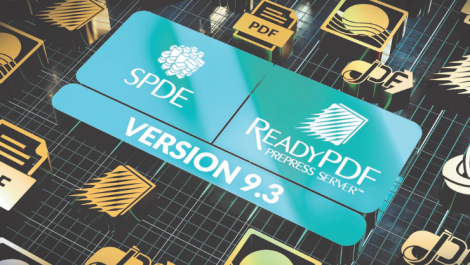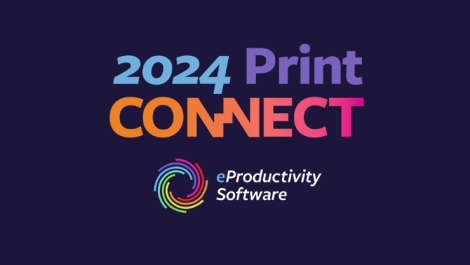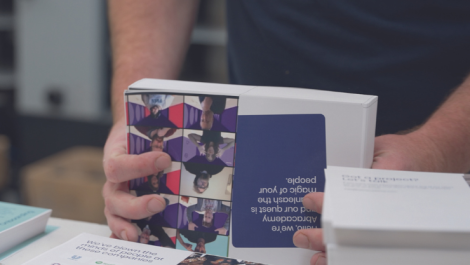In the early days of wide-format printers the machines were relatively slow. Similarly, the software being used also took its time to process and RIP files being sent down the line for production.
Throughput took place at a sedate pace and, as roll feed was the order of the day, there was no need for high levels of attention during processing until the job was finished.
Among the significant changes that have taken place in the wide-format print sector since its early days has been the evolution of flat-bed production, and this has grown to become a de facto method for printing onto rigid substrates. As technology has improved during the past decade, so machines have evolved to be faster. Productivity software and data handling, too, have become considerably quicker thanks to the advances of technology and the greater power available in today’s processors.
As a result, manual intervention when loading, printing and stacking flat sheets is increasing for users. Businesses want to minimise their down-time from the wide-format printer, and now the need for automation has become reality. This doesn’t only apply where longer runs are being printed but it’s also an essential time-saving across all volumes, particularly in instances where it can take considerably less time to print a particular job than to place the material on the printer, and remove it afterwards.
With EFI’s VUTEk HS100 flagship flat-bed and roll-fed printer, its productivity and throughput rates have meant it is the ideal device to benefit from the removal of manual loading and unloading. The options for automating the feeding and take-off of materials is proving to be beneficial across all types of application, from single prints and short runs through to higher volumes.
Incorporating a material edge guide (MEG) system, the automation on the VUTEk HS100 Pro means that users can boost productivity, free up manual labour and intervention, and increase efficiency. The lower handling of substrates prior to printing also helps to keep surfaces clean and dust free, and stacking of finished jobs can be made direct to a pallet.
For busy print houses, particularly those who are used to analogue production methods where loading and stacking are often normal procedures associated with the presses in use, the addition of automation not only boosts throughput but also speeds up overall turnaround times. The 3.2m wide VUTEk HS100 Pro’s productivity includes versatility across both roll-fed and flat-bed materials, with its Pin & Cure technology giving precision droplet placement and gloss control. Adding automation to complement its high throughput speeds now means that downtime can be minimised while daily volumes of all run lengths are increased.



